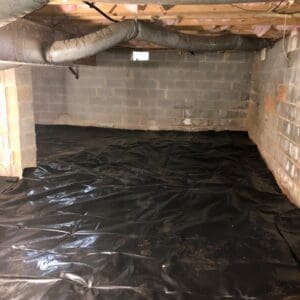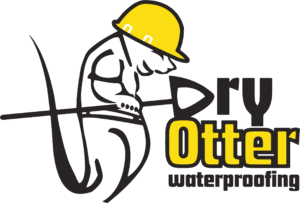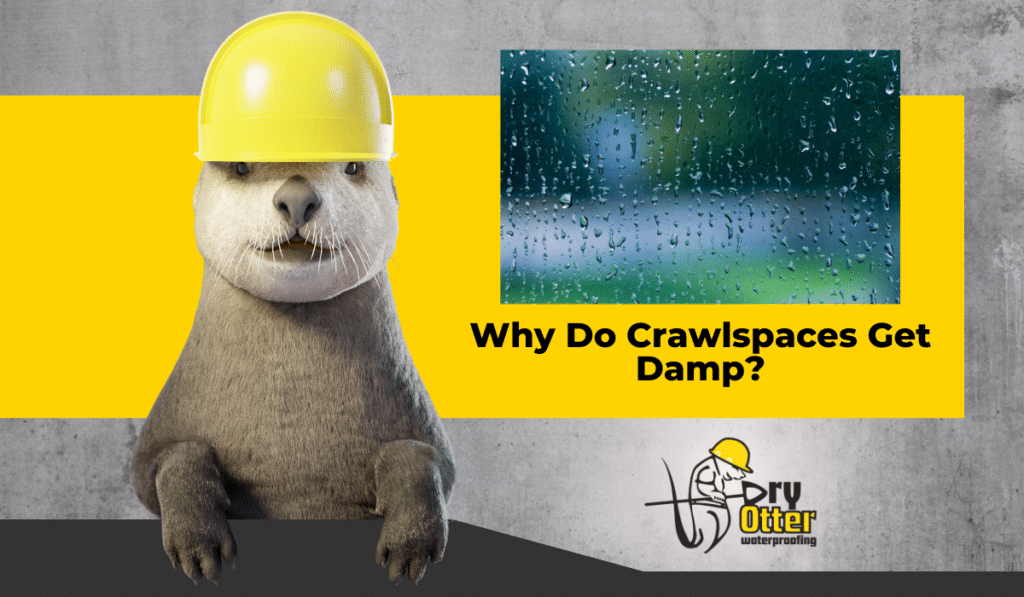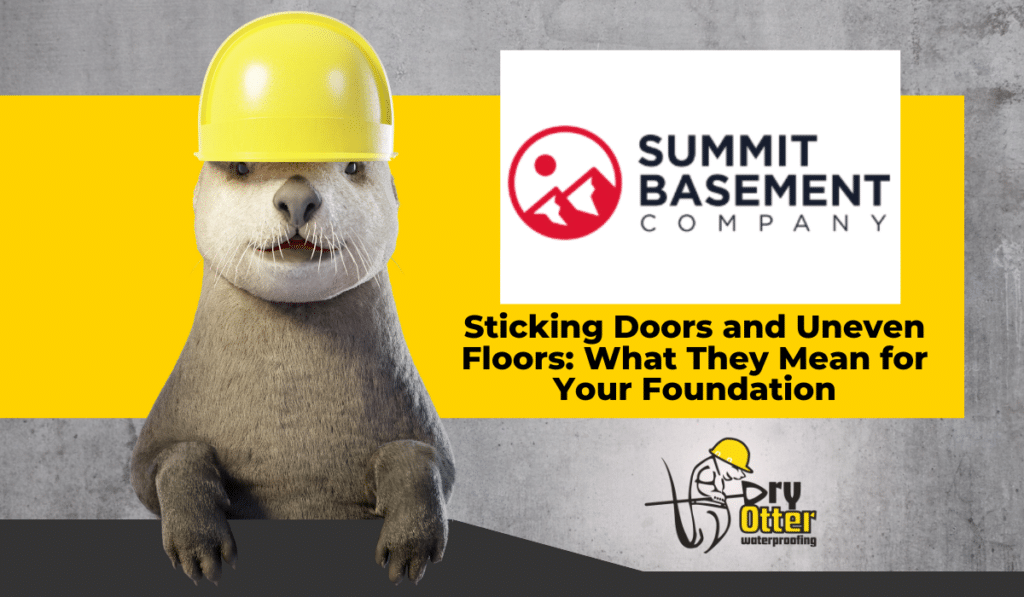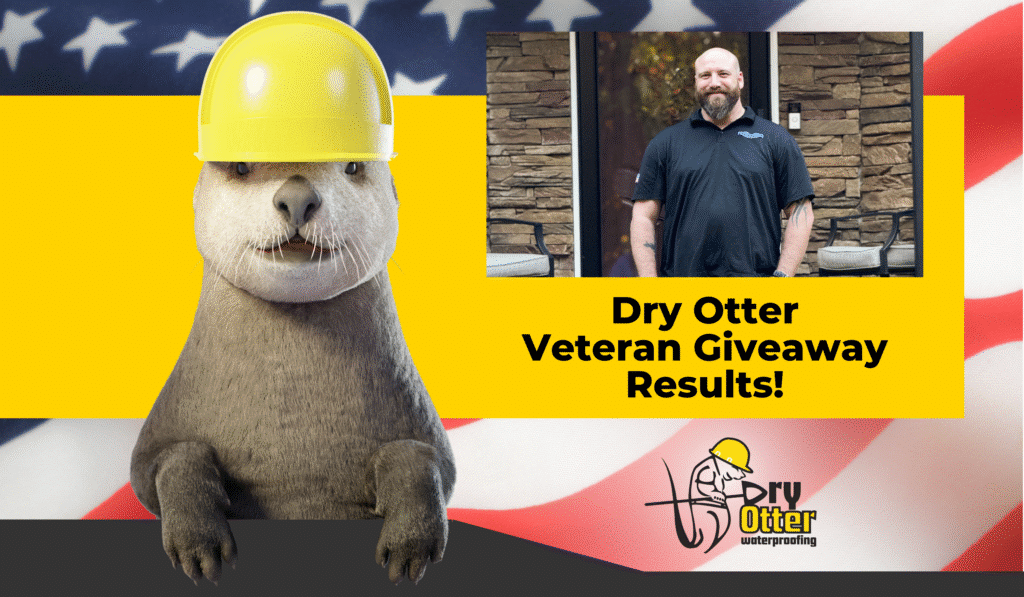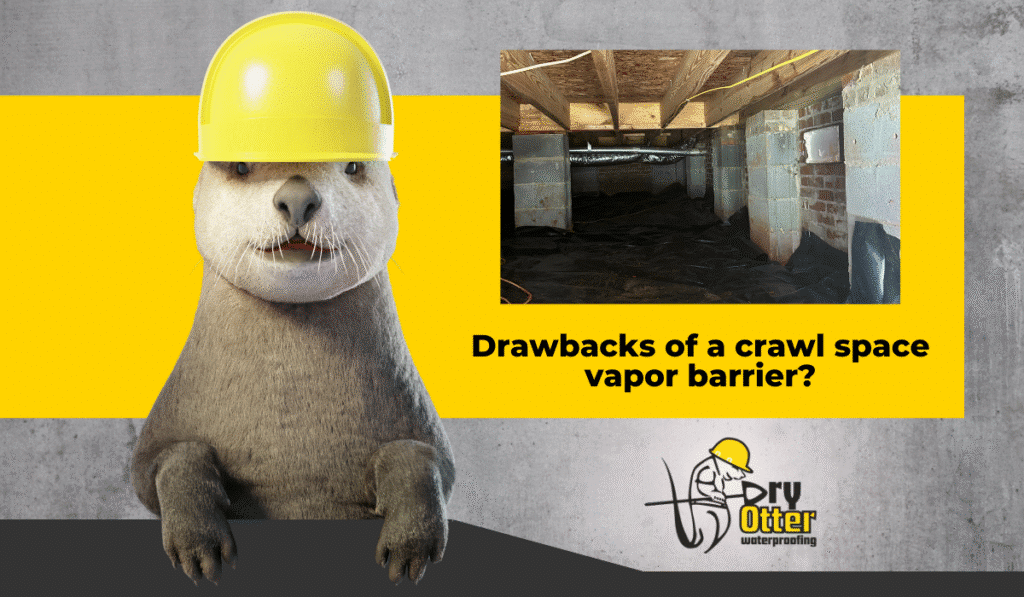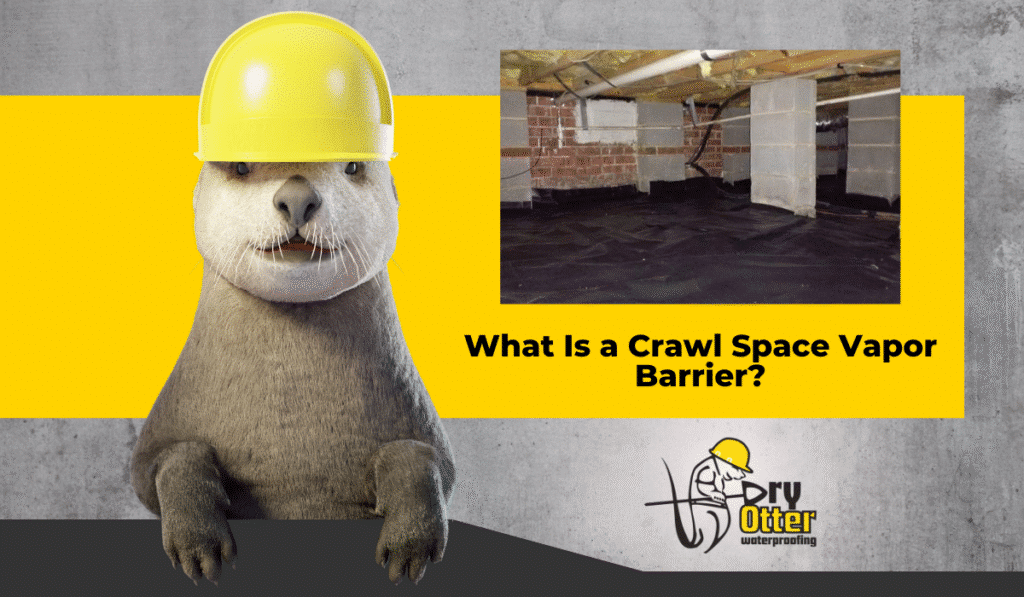Crawl spaces are out of sight, but they shouldn’t be out of mind. Without proper protection, moisture can seep up from the ground, damaging your home from the bottom up. One of the most effective ways to prevent this is by installing a vapor barrier; a simple solution with major benefits.

Why Moisture is a Problem Below Your Home
- Crawl spaces are naturally humid, especially in the Southeast.
- Moisture promotes mold, wood rot, and pests.
- Up to 50% of the air on your first floor can come from your crawl space (EPA).
- Poor air quality and rising humidity levels start here.
- Vapor barrier in a crawlspace
What a Vapor Barrier Actually Does
- It’s a thick plastic sheet, usually polyethylene, laid over the ground.
- Its job is to block moisture vapor from entering the crawl space air.
- Reduces humidity, discourages mold growth, protects insulation and wood.
- Not the same as full encapsulation — but often the first step.
5 Reasons Vapor Barriers Matter
- Prevents Mold and Mildew
By reducing moisture, vapor barriers reduce fungal growth. - Protects Floor Joists and Subflooring
Helps prevent costly structural damage from rot. - Improves Energy Efficiency
Keeps floors warmer and your HVAC system from overworking. - Boosts Indoor Air Quality
Less moisture = less airborne allergens in your home. - Helps Prevent Pests
Many insects (and even rodents) are drawn to damp areas.
When You Might Need One
- You notice musty odors indoors
- Hardwood floors are warping or cupping
- There’s visible moisture in the crawl space
- Allergy symptoms worsen inside the home
- You’ve had pest issues in the past
Vapor Barrier vs. Full Encapsulation
- Vapor barrier = ground cover
- Encapsulation = ground + walls + sealing vents, often with a dehumidifier
- Both are valuable, but barriers are the base layer
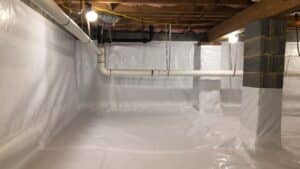
If you’re wondering whether your home needs a vapor barrier, our team can help. We install high-quality 10-mil polyethylene vapor barriers throughout North Carolina — and we’ll inspect your crawl space for free.
